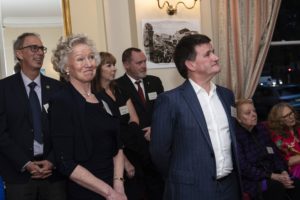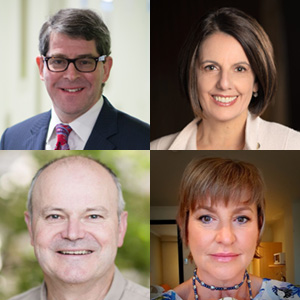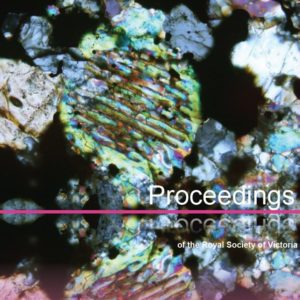It’s not easy to find an planets beyond our own solar system. With few exceptions, we cannot see them directly. Even with the largest, most powerful telescopes, they remain lost in the glare of their host stars. Instead, astronomers like NASA’s Dr Jessie Christiansen search for clues that reveal the presence of unseen worlds as detectives.
Outside the protective cocoon of the Earth’s magnetic field is a universe full of damaging radiation. NASA’s Artemis Missions aim to establish humanity’s first long-term presence on the Moon in 2024, so experimental physicist Dr Gail Iles is investigating ways to overcome the radiation factor so that astronauts can survive long journeys, or even live indefinitely, in space.
Just as we cannot see the air, we can see its effect on the objects it moves, such as swaying tree branches in the wind. Similarly, dark matter is composed of particles that cannot be seen or felt directly, but astrophysicists like Professor Alan Duffy can detect its presence from the effect these particles have on observable phenomena.
Astronomers build telescopes to search for cosmic radio waves and learn about the universe. Radio telescopes “see” the sky very differently to the point-like stars seen in visible light. They detect black holes, stars and planets being born, dying stars, and more. They detect invisible gas and can reveal areas of space that may be otherwise obscured by cosmic dust. Professor Virginia Kilborn hunts for cosmic phenomena beyond the visual spectrum.
NASA’s Artemis program is preparing to send the first woman and next man to the South Pole of the Moon as soon as 2024. With the return of humans to space, we must think about how our astronauts will be protected from the constant bombardment of cosmic and solar radiation, without the protection of Earth’s magnetic field. Experimental physicist Dr Gail Iles delved into the current methods in use and under development.








